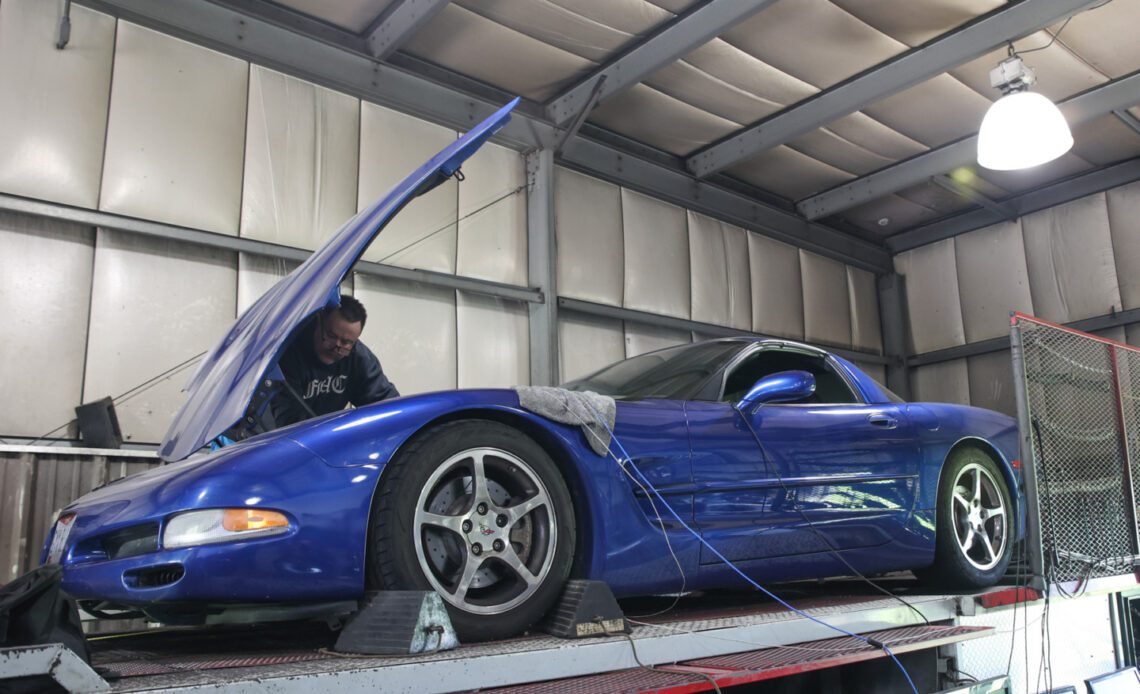When you decide to take a trip to the land of forced induction, there are a couple of different routes you can travel. The best path you can take if you’re using a centrifugal supercharger is one that matches the size of the blower with your engine. In this article, we’re going to cover why it’s important to use a centrifugal supercharger that’s the correct size for your engine package.
Your standard centrifugal supercharger is spun by a belt that’s driven by the engine’s crankshaft to create boost. The supercharger’s impeller spins much faster than the RPM of the engine, thanks to the step-up ratio inside the supercharger’s gearbox. The air is then sent through the discharge tube into the engine’s induction system of choice.
Bigger isn’t always better when it comes to superchargers. A blower that’s too big can rob an engine of its ability to make maximum horsepower.
To demonstrate how the concept of optimizing a centrifugal supercharger to an engine works, we reached out to Brian Cox at Vortech Superchargers to look at a vehicle that upgraded from a Vortech V-3 Si-Trim supercharger to a V-3 JT-Trim supercharger. The vehicle in question is a 2002 Corvette that is powered by a nasty 409 cubic-inch LS2 and happens to belong to Brian Turner, owner of Dyno Tune Motorsports. Turner took the time to make pulls with both superchargers to show the differences between the two.
“Too Big or Too Small — Neither Is Good”
Engines need to move air to make horsepower, so adding a supercharger makes that entire process much easier. Where people get into trouble with forced induction applications is they fall into the “bigger is better” trap and want to bolt the biggest supercharger they can to their engine. If you look at some of the most powerful supercharged vehicles in the drag racing world, you’ll notice they’re not really large in engine displacement, nor feature cartoonishly huge superchargers. The engines and superchargers are matched for maximum efficiency.
“If you try to put too big of a supercharger on an engine, it’s going to struggle to make horsepower. There’s only so much air an engine can move efficiently, and too big of a supercharger is going to hurt that. When the supercharger is too big for the engine, it’s going to perform poorly and just not make as much power as it could. You’ll also have issues with the supercharger running in surge, which impacts performance as well,” explains Cox.
What does it…
Click Here to Read the Full Original Article at DragzineDragzine…

